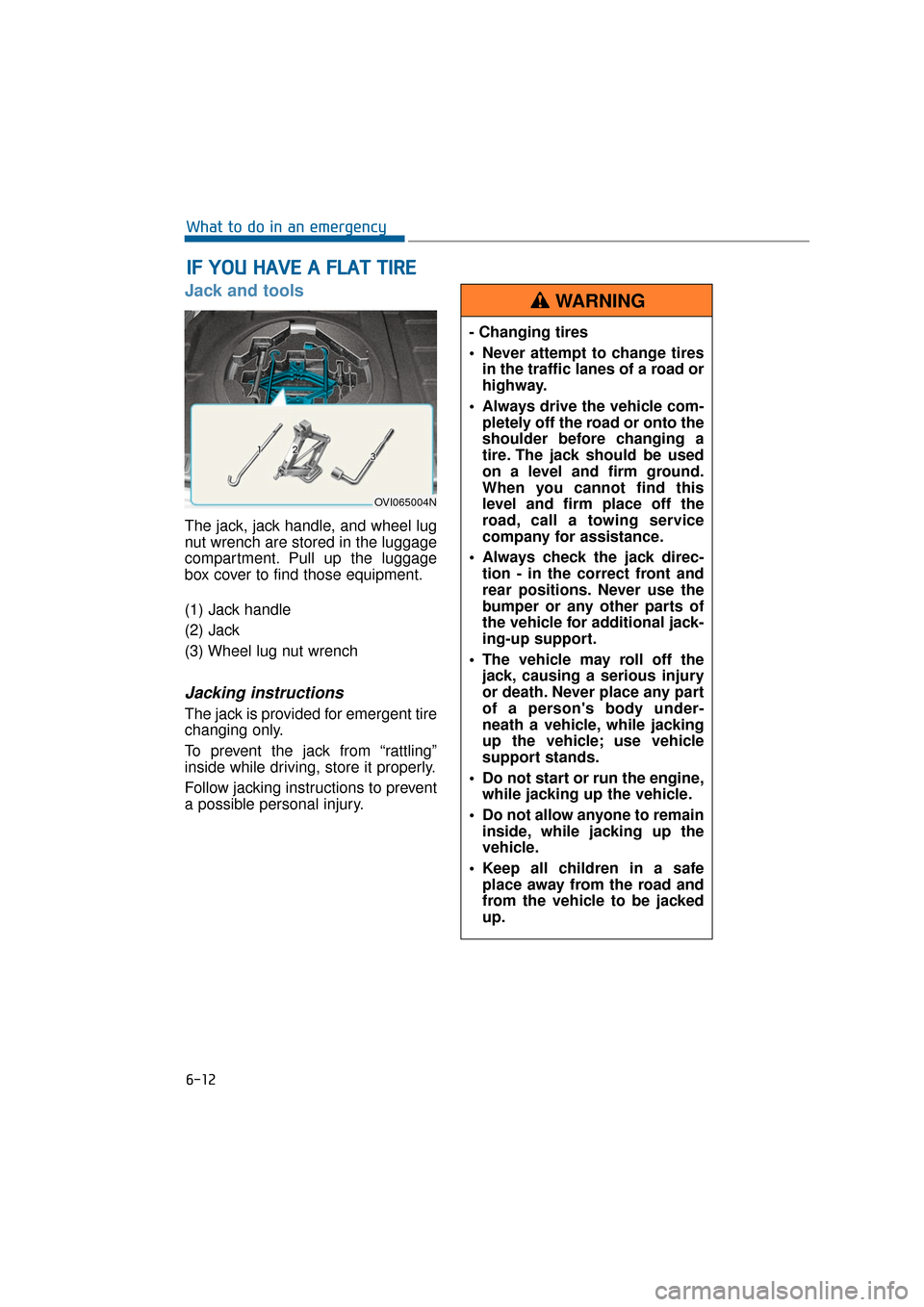Page 116 of 477

Power Trunk Non-Opening orClosing Conditions:
The Power Trunk will not operate,
when driving faster than 1.8 mph
(3 km/h).
The Power Trunk is operable when the engine is not running.
However, the Power Trunk opera-
tion consumes large amounts of
vehicle electric power. To prevent
the battery from being drained, do
not operate it excessively (i.e.
more than approximately 10 times
in a consecutive manner.)
Do not modify or repair any part of the Power Trunk by yourself. This
must be done by an authorized
EQUUS dealer.
Before jacking up the vehicle to change a tire or repair the vehicle,
open the Power Trunk. Do not
operate the Power Trunk, when
the vehicle is raised up.
Otherwise, this may cause the
Power Trunk to improperly oper-
ate.
When there are substances, such as snow, on the Power Trunk, it
may not automatically open. After
removing the substances, try to
open it again.
Automatic stop and Reverse
When the trunk lid is blocked by an
object or someone’s body, while
opening or closing, the power trunk
will detect the resistance, stop the
operation, or swing open in a reverse
direction to clear the object.
However, when the resistance is
weak with a thin or soft object, or
when the trunk is slightly latched, the
Power Trunk may not detect the
resistance, and not swing open to
clear an object. In addition, when the
Power Trunk is applied with strong
force, the Power Trunk may stop its
operation and swing open in the
reverse direction.
When the Power Trunk stops its
operation and swings open in a
reverse direction more than twice in
one opening or closing, the Power
Trunk may stop at that position.
When this occurs, manually close
the trunk lid and re-operate the
Power Trunk.
3-21
Convenient features of your vehicle03
OVI045017N
Page 345 of 477

Jack and tools
The jack, jack handle, and wheel lug
nut wrench are stored in the luggage
compartment. Pull up the luggage
box cover to find those equipment.
(1) Jack handle
(2) Jack
(3) Wheel lug nut wrench
Jacking instructions
The jack is provided for emergent tire
changing only.
To prevent the jack from “rattling”
inside while driving, store it properly.
Follow jacking instructions to prevent
a possible personal injury.
I IF
F
Y
Y O
O U
U
H
H A
AV
VE
E
A
A
F
F L
LA
A T
T
T
T I
IR
R E
E
6-12
What to do in an emergency
OVI065004N
- Changing tires
Never attempt to change tires
in the traffic lanes of a road or
highway.
Always drive the vehicle com- pletely off the road or onto the
shoulder before changing a
tire. The jack should be used
on a level and firm ground.
When you cannot find this
level and firm place off the
road, call a towing service
company for assistance.
Always check the jack direc- tion - in the correct front and
rear positions. Never use the
bumper or any other parts of
the vehicle for additional jack-
ing-up support.
The vehicle may roll off the jack, causing a serious injury
or death. Never place any part
of a person's body under-
neath a vehicle, while jacking
up the vehicle; use vehicle
support stands.
Do not start or run the engine, while jacking up the vehicle.
Do not allow anyone to remain inside, while jacking up the
vehicle.
Keep all children in a safe place away from the road and
from the vehicle to be jacked
up.
WARNING
Page 347 of 477

5.Block both the front and rear partsof the wheel by putting a prop in
the diagonal position.
6.Loosen the wheel lug nuts in a counterclockwise direction, in the
numerical order, as shown in the
illustration. Do not remove any nut
until the tire has been raised off the
ground. 7.Place the jack in the front or rear
jacking positions, closest to a tire,
which is to be replaced. Place the
jack under the intended place.
Those intended places should be
the plates welded to the frame with
two tabs. a raised dot to index with
the jack.
Carefully place the jack, not to
damage the plastic guard. When
you place the jack under the plas-
tic guard and jack up the vehicle,
the plastic guard may be dam-
aged.
NOTICE
6-14
What to do in an emergency - Changing a tire
To prevent vehicle movement while changing a tire, always
fully set the parking brake,
and block the wheel by put-
ting a prop in the diagonal
direction.
We recommend that the wheels be blocked, and that
no person remain, while jack-
ing up a vehicle.
WARNING
- Jack location
To reduce a possible injury, only
use the jack provided in the
vehicle and in the correct jack
position. Never use any other
parts of the vehicle for addition-
al jacking-up support.
WARNING
OVI065009N
OVI065010N
Page 352 of 477
1. Model Name
2. Maximum allowable load
3. When using the jack, set yourparking brake.
4. When using the jack, stop the engine.
5. Do not go under a vehicle while jacking up the vehicle.
6. The correct jack position under the frame
7. The base plate of jack must be vertical under the lifting point,
while jacking up the vehicle. 8. Set the shift lever in R(Reverse)
for the manual transmission, or set
the shift lever in P(Park) for the
automatic transmission.
9. The jack should be used on a firm level ground.
10. Jack manufacturing information
11. Production date
12. Representative company and address
6-19
What to do in an emergency06
❈The actual Jack label may differ from the illustration. For more detailed
information, check the label on the jack.
Jack label
OHYK065010
■ Example
OHYK065011
OHYK064002